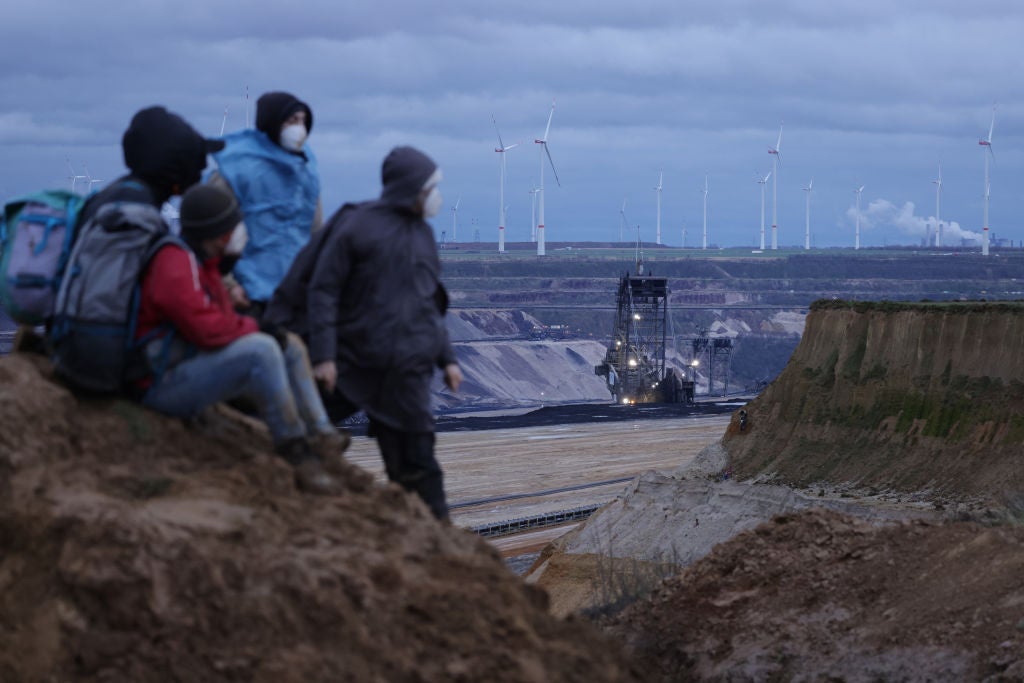While the share of coal-fired power generation increased in EU countries last year, it did so by much less than some expected. In 2022, coal-fired power generation increased by 1.5 percentage points compared with 2021, accounting for 16% of electricity generation in the EU, shows Ember’s European Electricity Review 2023, published today. “The [energy crisis] shocks of 2022 only caused a minor ripple in coal power and a huge wave of support for renewables,” said Dave Jones, Ember’s head of data insights and lead author of the report, in a press release. “Any fears of a coal rebound [in Europe] are now dead.”

Russia’s invasion of Ukraine had prompted fears of a coal rebound in European power generation, as an alternative to suddenly scarce and expensive natural gas. Energy security took centre stage in the face of Russia’s energy blackmail of Europe. The EU also recognised that its Russian oil and gas imports were directly fuelling the Kremlin’s military spend.
The Ukraine war meant that Europe lost its biggest natural gas supplier. To avoid power shortages, countries created strategic coal and gas reserves, kept mothballed coal plants on standby or kept coal and nuclear power plants that were scheduled to shut down open for longer.
Across the EU, 26 coal plants with a generation capacity of 11GW were brought back on emergency standby in 2022. Most of these were in Germany, where the government passed legislation to enlarge its coal power plant reserves as part of emergency energy measures.
Concomitant declines in gas, hydro and nuclear power
In addition to the loss of Russian gas, there was a decline in both hydro and nuclear power generation in the EU in 2022, which could have further boosted demand for coal. Compared with 2021, there was 185 terawatt-hours (TWh) less hydro and nuclear electricity generation in 2022, shows data from the Ember report – approximately 7% of total generation. Extreme drought across the continent led to the lowest level of hydropower in two decades, while unexpected nuclear outages in France contributed to the fall in nuclear generation.
Nevertheless, despite the EU importing 22 million more tonnes of coal in 2022 than the year before, only one-third of that was used. This led to coal-fired power generation being up by 7% in 2022 compared with 2021, increasing power sector emissions by 3.9% to 26MtCO2. The imported coal that remains unused has been added to stockpiles, meaning that imports are unlikely to be as high in 2023, according to Ember.

US Tariffs are shifting - will you react or anticipate?
Don’t let policy changes catch you off guard. Stay proactive with real-time data and expert analysis.
By GlobalDataAll in all, the increase in coal use last year is just a “small bump” in phasing out coal, according to the climate think tank. The 26 coal plants on standby have, on average, only operated 18% of the time since coming back online, generating 4TWh.
Why the coal rebound didn't happen
The return to coal did not happen for several reasons. There was a big increase in wind and solar generation, with solar up by 39TWh and wind by 33TWh over the year before. Additionally, a mild winter and affordability concerns resulted in lower electricity demand. While coal-fired power generation was up over the first eight months of 2022, in the last four months of the year, coal generation was lower than in the same months the year before. Last, there was little gas-to-coal switching because this had already happened in 2021. Russia began cutting gas flows to Europe in mid-2021, causing gas prices to increase and pushing countries to shift to coal then.
According to Ember, the smaller-than-expected coal rebound in 2022 shows the EU is committed to transitioning to renewables and phasing out coal. Instead of doubling down on fossil fuels, governments are turning to renewables to ensure energy security. Germany is still standing firm on a coal exit in 2030, the Netherlands still plans a coal phase-out by 2029 and Romania has moved forward its coal exit from 2032 to 2030.
“Europe’s clean power transition emerges from this crisis stronger than ever,” said Jones. “Not only are European countries still committed to phasing out coal, they are now striving to phase out gas as well. The energy crisis has undoubtedly sped up Europe’s electricity transition.”
[Keep up with Energy Monitor: Subscribe to our weekly newsletter]
As a result, Ember analysts predict that fossil fuel power generation will plummet in 2023, while renewables are set to rise further. The think tank estimates that fossil fuel generation could fall by as much as 20% in Europe this year, which would be the biggest annual decline in fossil fuel generation so far. As gas remains the most expensive fossil fuel, it seems likely that this fuel will decline the fastest. New fossil fuel infrastructure construction, like the liquefied natural gas terminals in Germany, will not change this, suggests Jones.
“The speed of the fall in gas-fired power generation in 2023 will catch many people by surprise,” he told Energy Monitor. “EU gas demand fell by 12% last year, even though gas generation was unchanged. If gas generation falls by 20% this year, that is 5% off total EU gas demand by itself, before looking at other sectors.
“Already, in the first 25 days of 2023, the EU’s gas-fired power generation was 37% below the same time in 2022. I think this will give more confidence in Europe of how quickly it can phase down gas use. Coal’s fate was already sealed; now it is gas that is in the headlights.”



